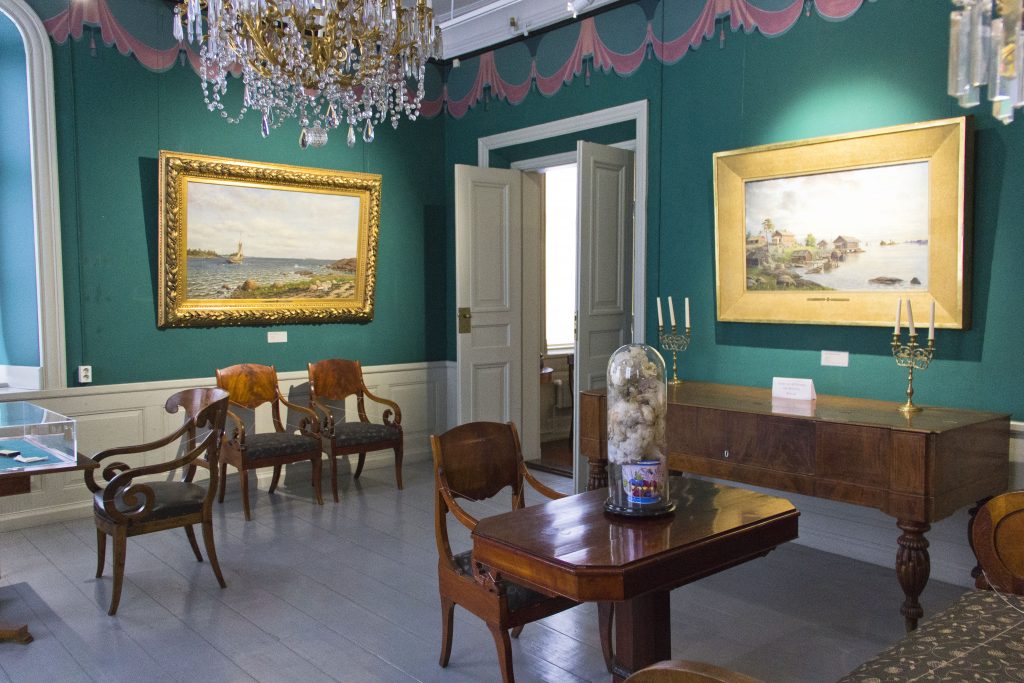
Museums
Learn about the 400 years of Kokkola history through personal stories. Kokkola was a city of the tar bourgeoisie, shipowners and craftsmen, and it was a thriving centre of trade and education. The city has raised pioneers, bold entrepreneurs, experts, builders and defenders, as well as observers and hedonists.
-
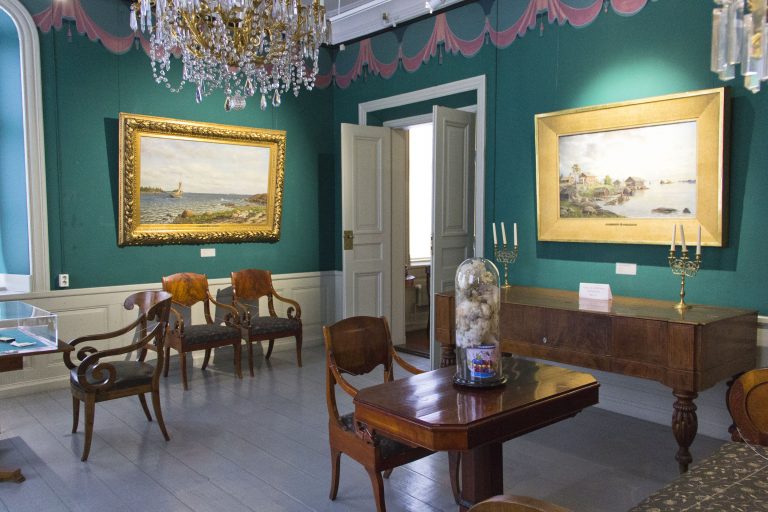 K. H. Renlund museum
K. H. Renlund museumSituated at the heart of the city, the K.H.Renlund Museum is full of art and urban history – with free admission (From 14.2.2025, admission is charged).
-
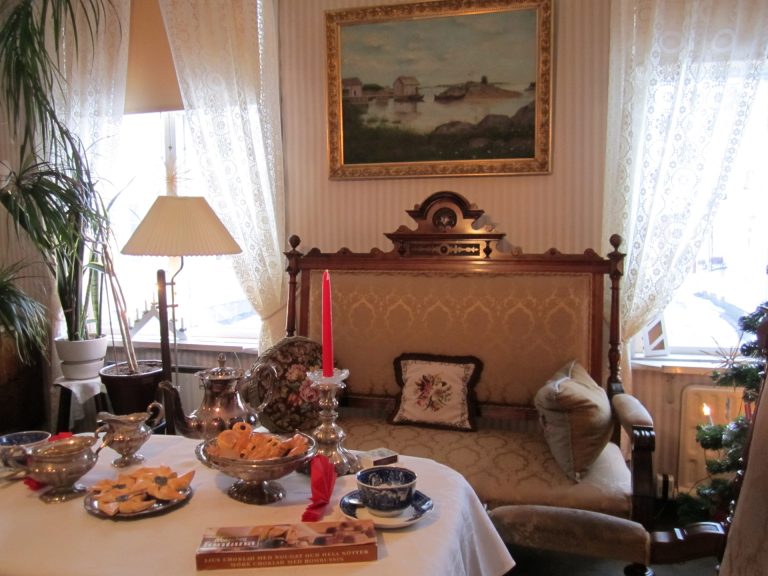 The home of Fredrik and Anna Drake
The home of Fredrik and Anna DrakeIn 1997, siblings Helmer and Märta Drake bequeathed their home and its contents to the City of Kokkola as part of their will. Nowadays it is an interesting museum home, in which the same artisan family lived for four generations.
-
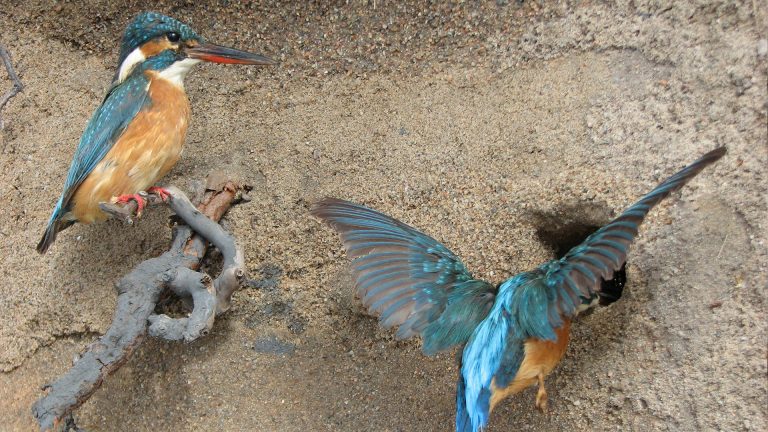 Kieppi – The Museum of Natural History
Kieppi – The Museum of Natural HistoryNatural History Collection, Mineral Collection and Lepidoptera Collection full of miracles of nature. Kieppi is located in the Museum Quarter, in the centre of Kokkola.
-
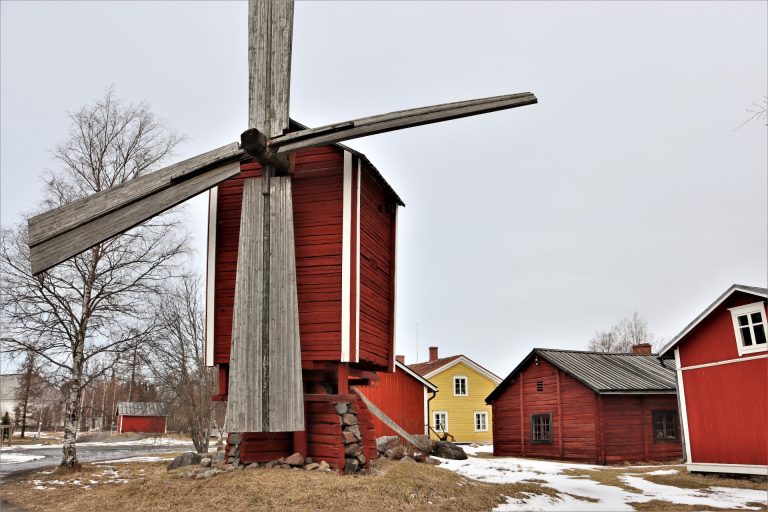 Kaarlela Museum of Local History and Culture
Kaarlela Museum of Local History and CultureThe Kaarlela Museum of Local History and Culture, situated in the municipal district of Kirkonmäki, represents the local peasant culture in the 19th century. Time seems to stand still at the museum courtyard, and visitors can sense the atmosphere of the 1800s.
-
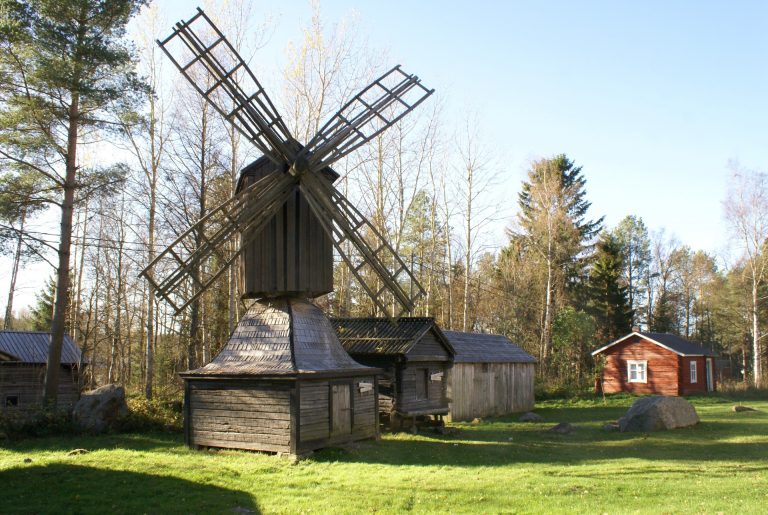 Lohtaja Museum of Local History and Culture
Lohtaja Museum of Local History and CultureThe oldest building in the museum area in Lohtaja was built in 1698 and is located next to the Lohtaja church yard. The items displayed in the main building date mainly back to the 19th century and collected from the Lohtaja area.
-
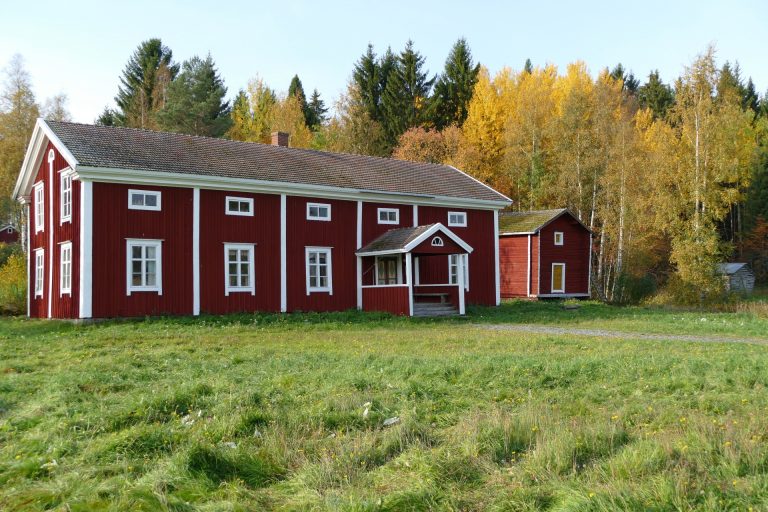 Kälviä Museum of Local History and Culture
Kälviä Museum of Local History and CultureThe Kälviä Museum of Local History and Culture is located approximately 1,5 kilometres from Kälviä towards Ullava. The Museum building is a red painted log house that was originally built in Tuunala.
-
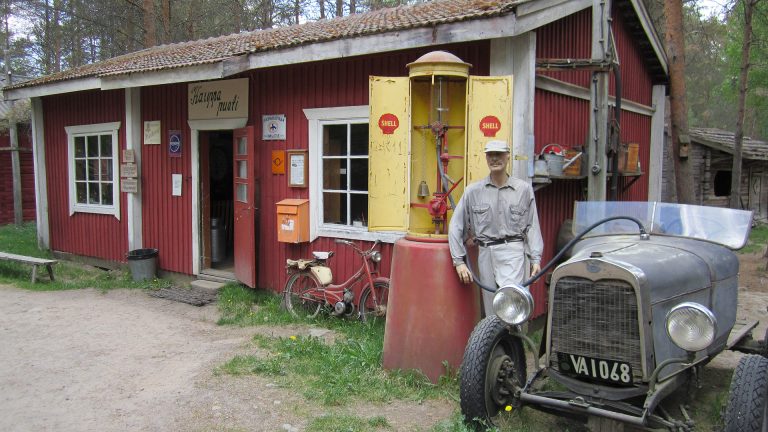 The Toivonen Animal Park and the Peasant Museum
The Toivonen Animal Park and the Peasant MuseumThe Toivonen Animal Park and the Peasant Museum is a great destination for visitors of all ages. You can explore the extensive museum village, meet the farm animals and see numerous exhibitions and work demonstrations. Stop for a cup of coffee at the charming farmhouse and find treasures in the gift shop.
-
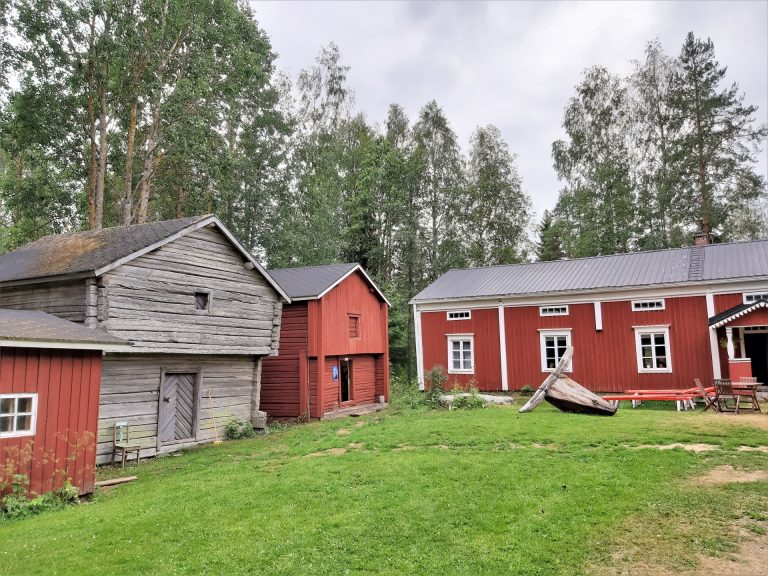 Art Vionoja
Art VionojaThe history of the estate, now known as Art Vionoja (Taide-Vionoja in Finnish), began in the early 1970s, when the painter and professor Veikko Vionoja and his master builder brother Toivo Laine transported an Ostrobothnian house named Korpela from Perho to the village of Haapala in Ullava.
-
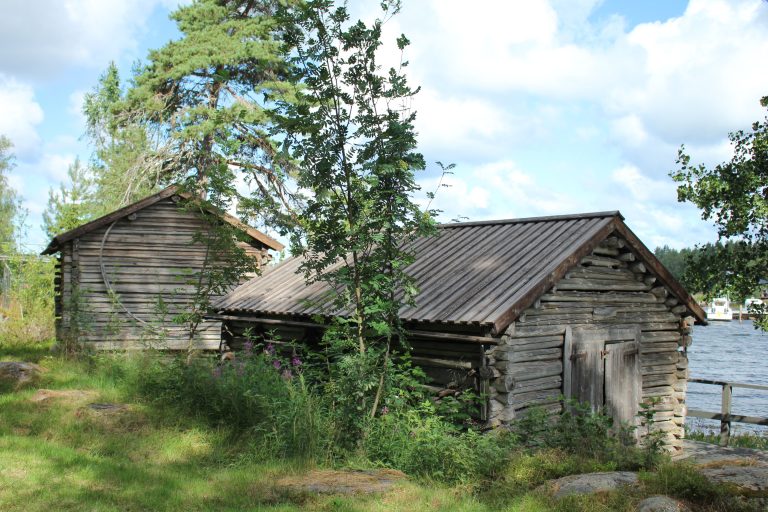 The fishing museum of Öja
The fishing museum of ÖjaThe Öja Fishing Museum gives you the chance to get to know to local history of fishing. Multiple boatsheds, a smoke sauna, Alina’s cottage and storage sheds for fish-traps and salt tells a story about simpler time of fisherman.
-
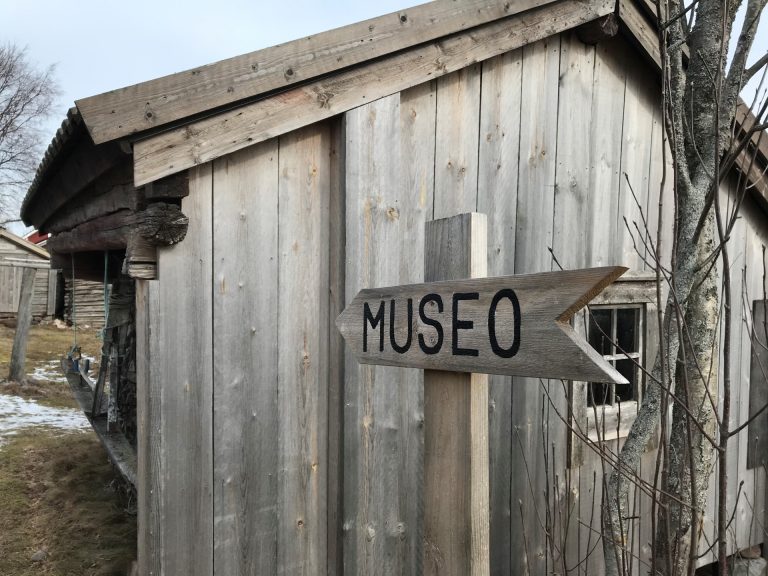 The fishing museum of Ohtakari
The fishing museum of OhtakariThe fishing village of Ohtakari as a whole forms an outdoor museum area. There is a densely built, idyllic group of red fishing cottages and grey outbuildings on the island. The old fishing cottages have been renovated and now serve as summer houses. The Ohtakari Fishing Museum is an essential part of the island experience, and it provides visitors with an opportunity to learn about seal hunting, seafaring and the history of the island.
-
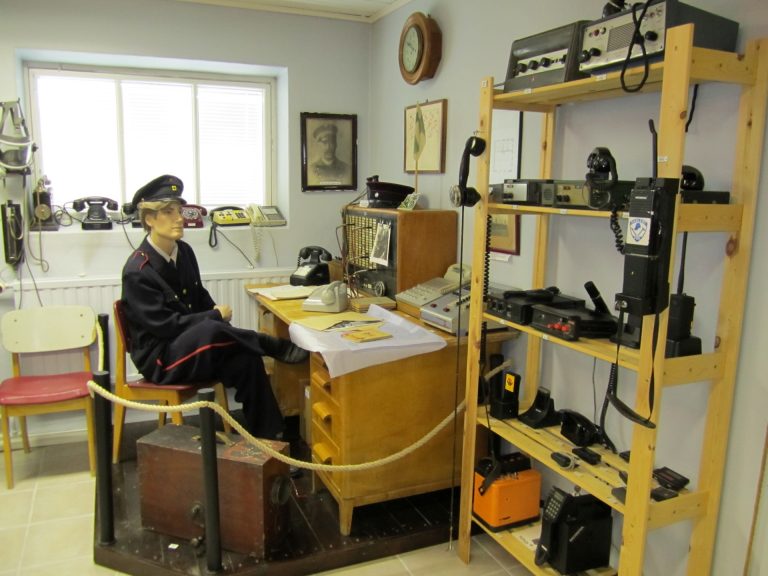 Kokkola Fire Museum
Kokkola Fire MuseumThe Kokkola Fire Museum preserves and presents the history of fire brigades in the Kokkola region. The museum displays an extensive collection of items in a clear and well-planned manner.
-
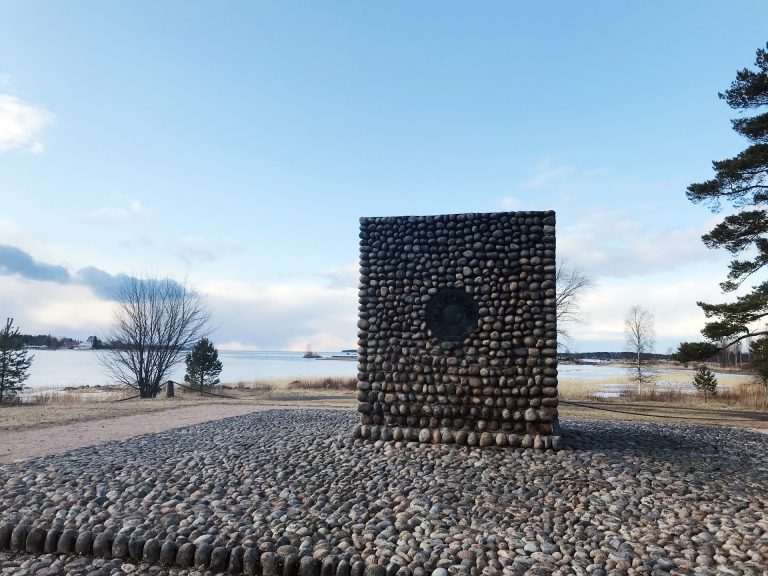 Halkokarin kahakka battle and a gunboat
Halkokarin kahakka battle and a gunboatDuring the Crimean War English navy destroyed Ostrobothnian coastal cities docks and storage areas. With magistrate Anders Donners initiative Kokkola decided to defence themselves. In the summer of 1854 during the skirmish of Halkokari, a gunboat was captured with its crew.
-
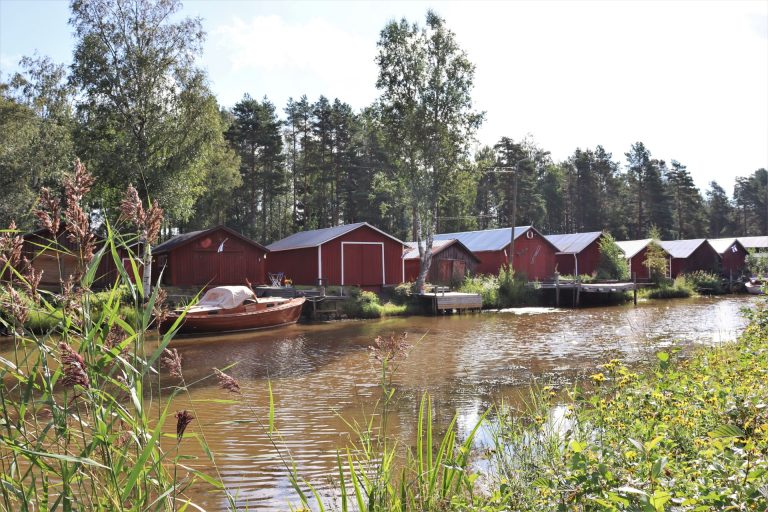 The boathouses of Sunti
The boathouses of SuntiThe boathouses at Sunti continued the tradition of the old seaside storehouses, but they had to be built closer to the sea due to land uplift. The current boathouses were mainly built between 1883 and 1950.
-
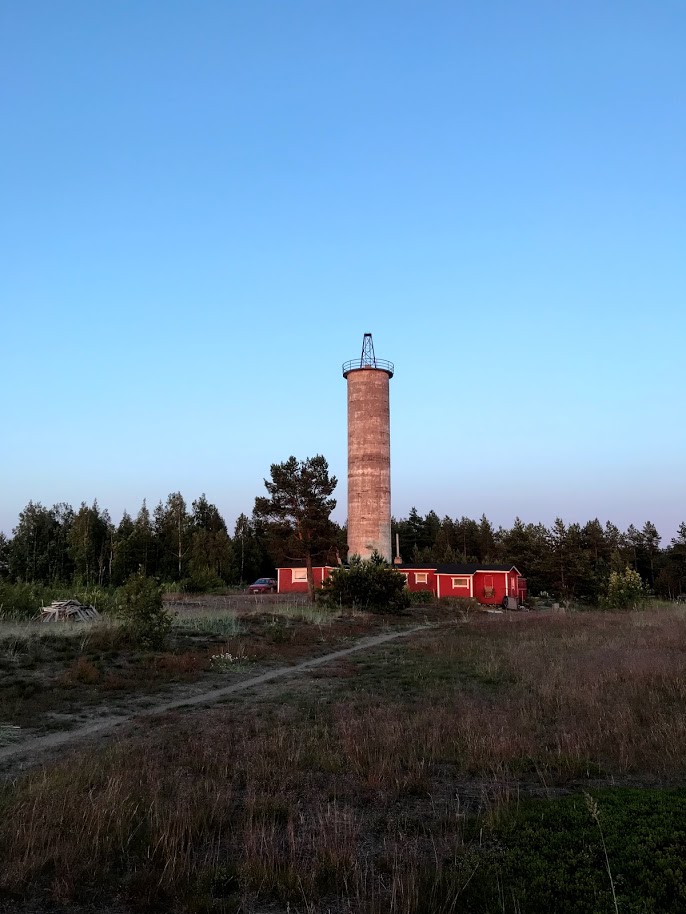 Leading light of Harrinniemi
Leading light of HarrinniemiThe leading light of Harrinniemi, better known as the Harrbåda lighthouse, was built at the tip of the sandy headland in 1953. It was decommissioned in 1979. At present, the Harrinniemi light is little more than a landmark.
-
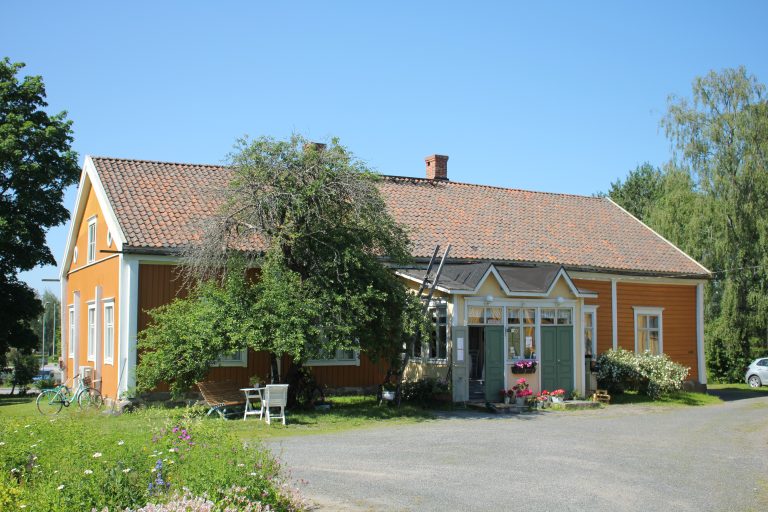 The Bailiff´s House – Kruununvoudintalo
The Bailiff´s House – KruununvoudintaloThe house of a state tax collector in Hakalahti, known in Finnish as Kruununvoudintalo, was built in its current location at the end of the 18th century. However, there have been people living on the plot as early as in the middle of the 16th century when the estate was given the name Hakalax.